Trade fairs have become an integral part of Philippine festivals, especially the recently created ones initiated by local governments to be touristic, cultural and social events promoting the place. Over time, these fairs have become more attractive and elaborate with the construction of booths and in the inventive way products are marketed, spurred by the establishment of competitions.
If skillfully and smartly prepared, these can be fun crash courses on a place’s tourist attractions, cultures, products and industries, and showcases creativity of the people. Such is the Bambanti Village with its Agri-Ecotourism Exhibit and Sale of the Bambanti Festival of the province of Isabela in northeastern Luzon.
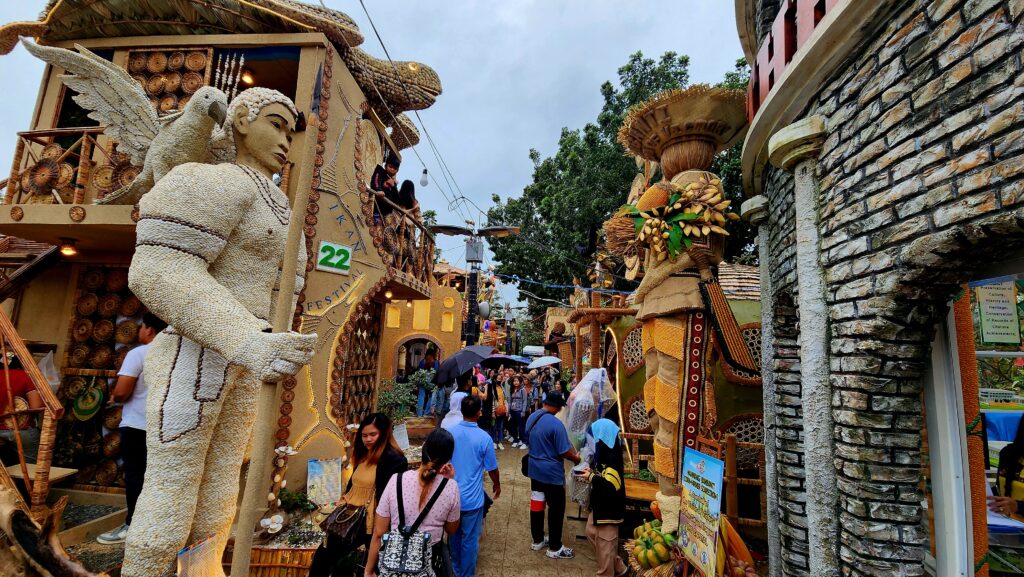

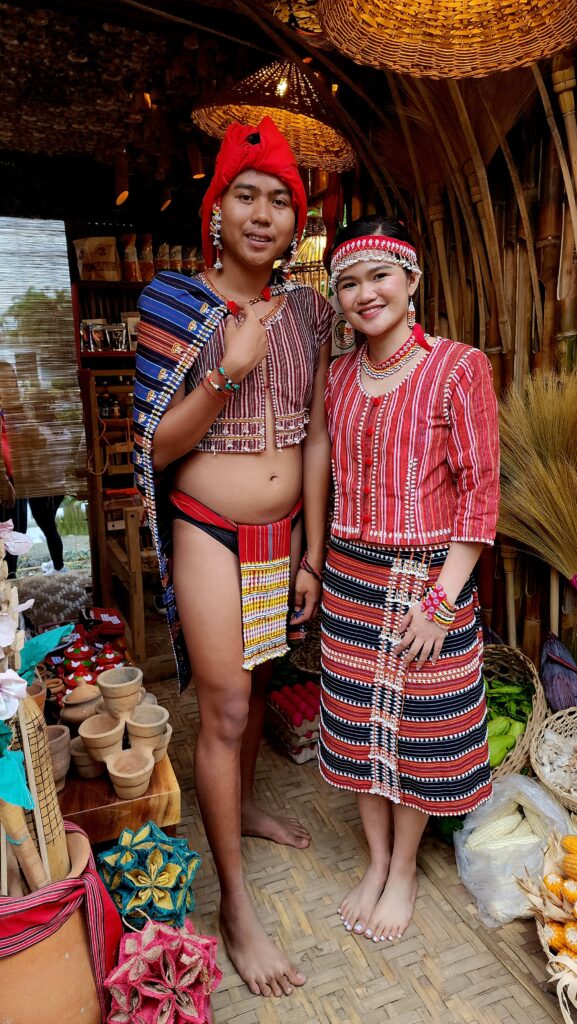
Organized by the provincial government led by governor Rodolfo Taguinod Albano III and vice governor Faustino “Bojie” Dy III, with tourism veteran Nilo Agustin serving as artistic director, the Bambanti Festival was revived in 2011 and has become arguably the biggest tourist and cultural event in the Cagayan Valley Region.
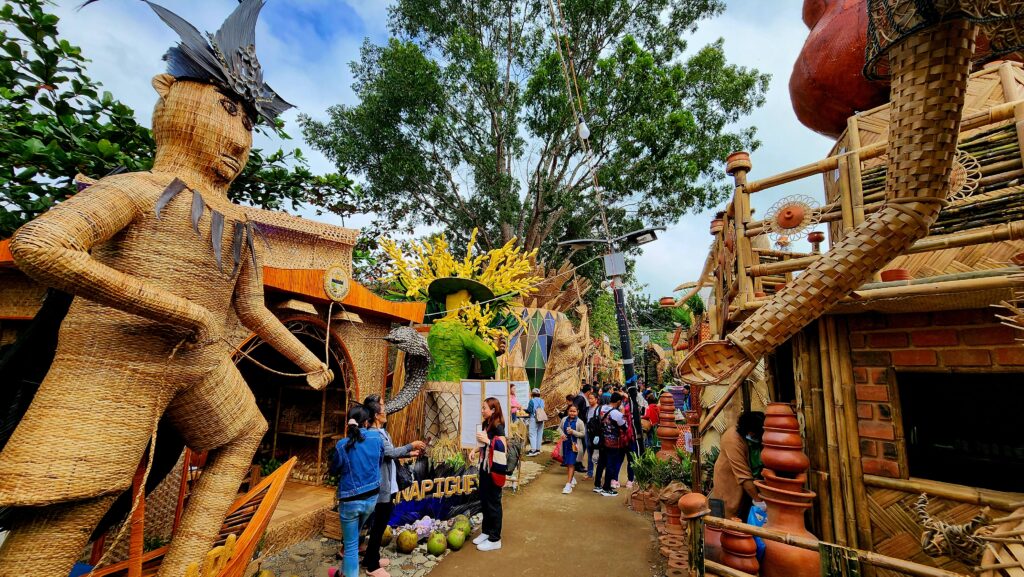

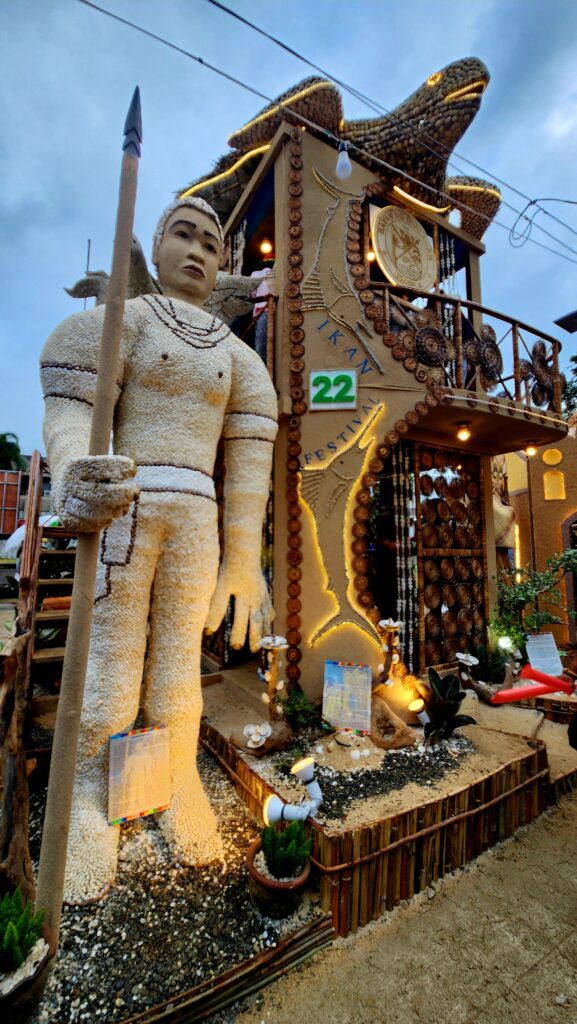
This year, the festival happened from 22 to 27 January with a plethora of events and activities including several sports tournaments, the Queen Isabela beauty pageant, the Festival King and Queen Costumes competition and exhibit, the cooking and beverage contest Makan ken Mainum ti Isabela, concerts and shows, and the street dancing competition and showdown, most of which were held at the Isabela Provincial Capitol Compound in the capital, Ilagan City.
Scarecrow as icon
The Bambanti Village was one of the most visited features of the festival. Located on a strip between the pond and the capitol building, the fair featured booths of the different municipalities and cities of Isabela, and sporting a variety of designs.
Highlighting the town icons, the booths were constructed mostly of a variety of locally sourced materials, mostly natural such as grains, shells, wood, stones, coconut husks, plant stems and soil, making manifest the inventiveness of the designers and makers.

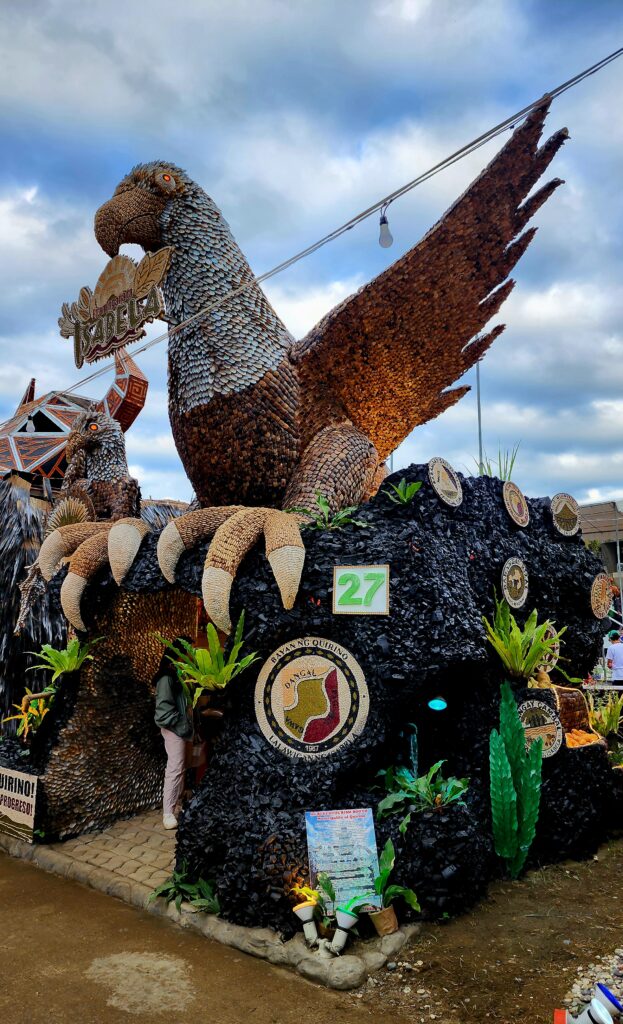
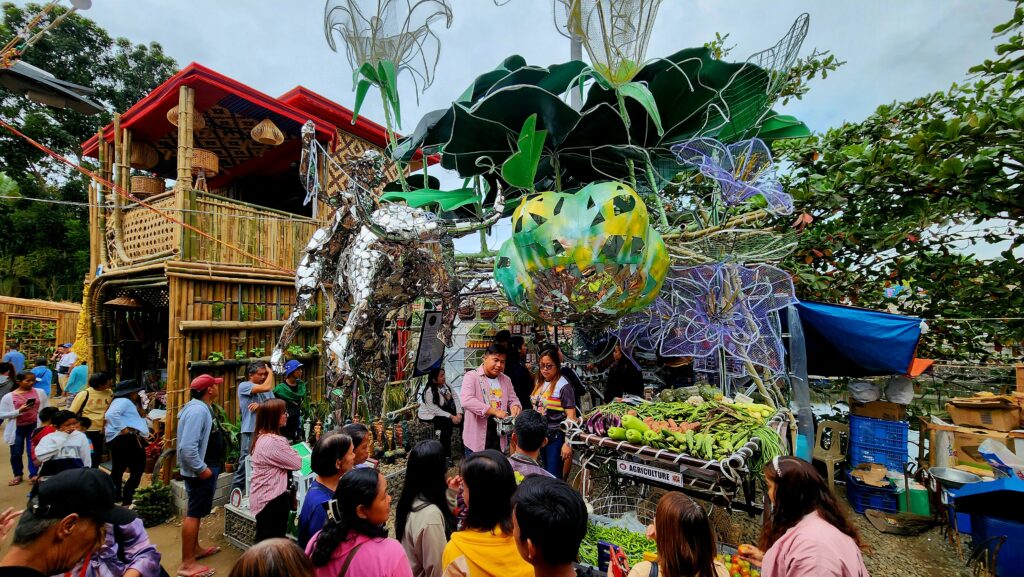
Each booth also came with their own version of the bambanti or scarecrow, an icon of the agricultural province, after which the festival is named. At night, these booths lit up, making them more attractive.
Not just eye-catching, these booths were very informative, with posters giving explanations on their designs as well as details of local cultures.
The booth of Echague was in the shape of the pineapple, a prime produce of the town. Its dome was a mosaic of stained glass, and its bambanti depicted a mapponag, the shaman of the town’s indigenous group, the Yogad, performing a healing ritual called ritwal nu abang or the small-boat ritual.
The bambanti of the coastal town of Palanan depicted a fisherman, who is an Agta/Dumagat, to show pride for its primary livelihood and its indigenous residents. The booth was covered with ropes of coconut fiber and crowned with a flourish of woven baskets in a fish shape.
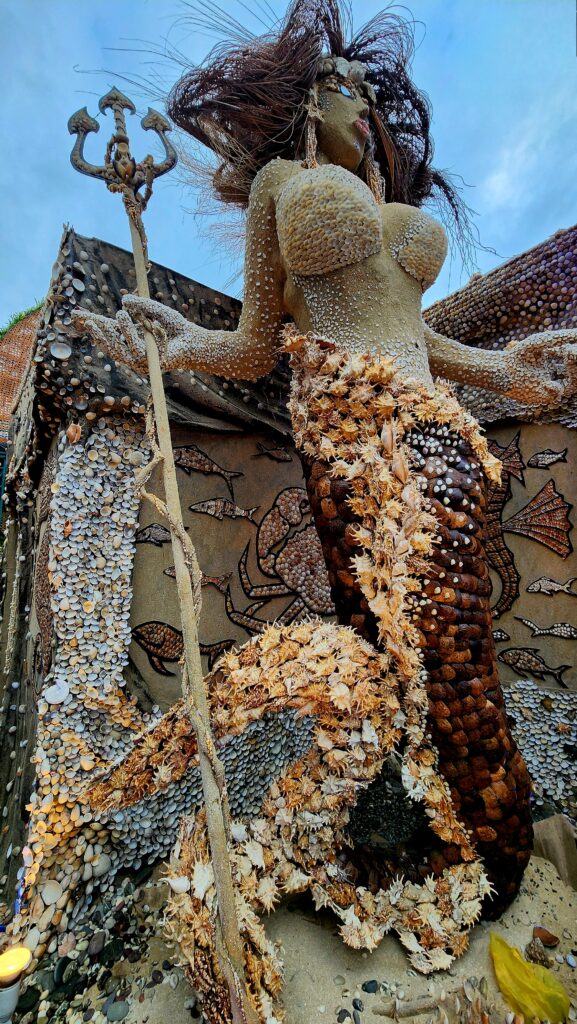
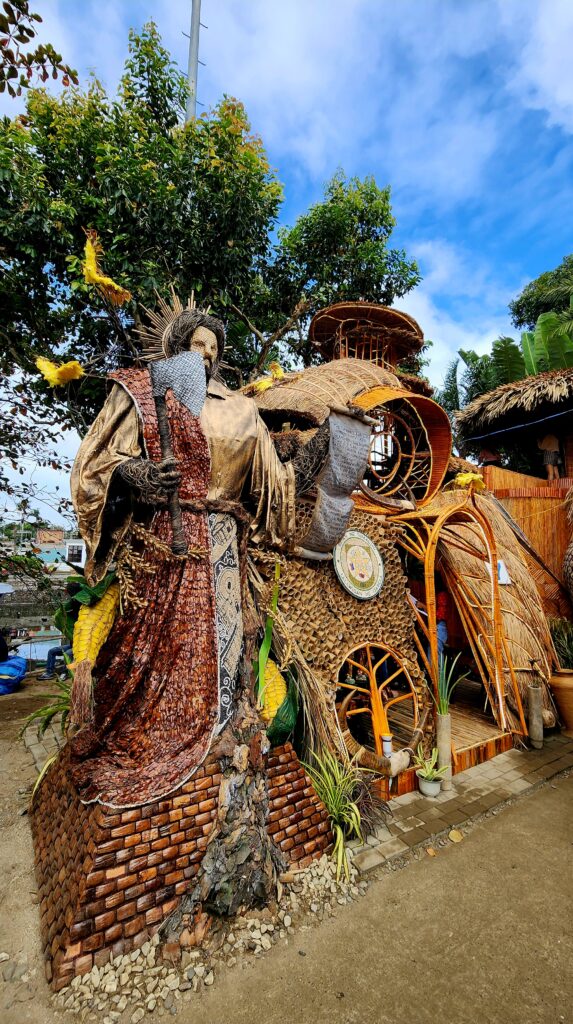
Cauayan City also featured its indigenous people — the Gaddang — which is said to make up more than 50 percent of its population. Its booth had a loom where a Gaddang weaver demonstrated how to make textile to promote its newly opened weaving center. Pieces of traditional attire adorned with embroidery and beadworks mostly at the hems and joints were also on sale.
Quirino featured a giant eagle on the top, which is covered with the shells of local clams like its entranceway and bambanti. Inside, there was a mini-exhibit of the works of a local artist, Rogelio Doruelo Jr.
The Alicia booth was crowned with a sheaf of rice stalks laden with golden grains, affirming the town’s reputation as the province’s “rice granary.”
Food products were popular among visitors as the participants brought in their specialties — kakanins such as binallay, moriecos and inatata, milk, different varieties of rice, munggo or mung bean products such as pansit and even ice cream, atsara or pickles and farm produce such as vegetables and root crops.
Intriguing experience
There was a competition for the best booths and bambantis. Echague emerged as the winner in the Category A (for cities and first-class munipalities) of the Agri-ecotourism Booth with Ilagan City placing second and Cauayan City third.
Meanwhile in Category B (for second-, third-, fourth- and fifth-class municipalities), Cordon won the first place while San Pablo made it to second place and Quirino third.
In the Giant Bambanti portion of the contest, the winners were Ilagan City (first), Echague (second) and San Mariano (third) in Category A, and Cordon (first), Burgos (second) and Delfin Albano (third) in Category B.
There were all winners for their creativity and other offerings, making the Bambanti Village an intriguing experience for all the senses.
